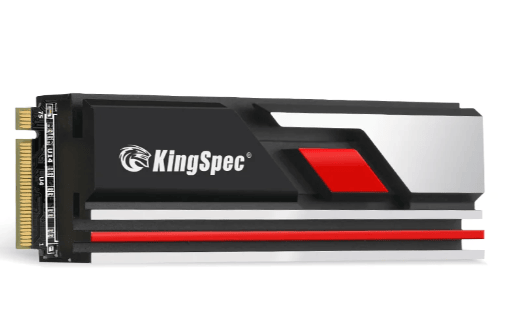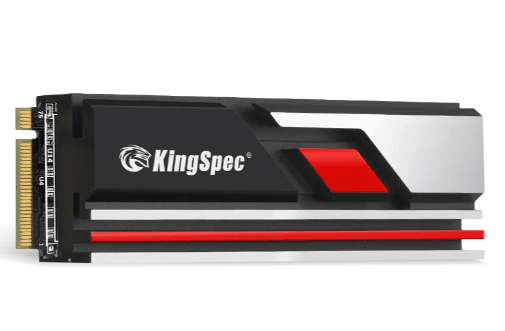News
Site Editor
 Site
https://kingspec.usa02.wondercdn.com/uploads/image/6307135a29359.png
Everyone knows that KingSpec SSDs are based on transistor technology instead of magnetic disk technology. Do you know how it works and how it has evolved from years ago to what we have today?
Site
https://kingspec.usa02.wondercdn.com/uploads/image/6307135a29359.png
Everyone knows that KingSpec SSDs are based on transistor technology instead of magnetic disk technology. Do you know how it works and how it has evolved from years ago to what we have today?
What Is NAND & Evolution of NAND Flash Technology?
Views: 13465
Author: Site Editor
Publish Time: 2023-03-14
Origin: Site
Everyone knows that KingSpec SSDs are based on transistor technology instead of magnetic disk technology. Do you know how it works and how it has evolved from years ago to what we have today?
What is NAND technology?
NAND is a logic gate, and the NAND flash technology is based on transistors that comprise the same logic gate. It is a nonvolatile storage tech that does not need any power to retain data. Compared to HDD technology, that also does not require power to retain data, but it magnetically stores information.
On the other hand, this technology stores data directly in the form of logic bits which are high/1 and low/0. So, no moving parts are required for this technology to work, making it significantly faster than HDD technology.

The Evolution of NAND Technology
The NAND technology was first found only in USB storage drives, which came in sizes ranging in MBs only. It was about 20 years ago, and the reason for the lack of application of this technology was that it was very expensive at that time. However, in 20 years, NAND technology has evolved a lot.
The NAND technology we use today is 3D NAND; it comes in much smaller packages but stores huge amounts of data in the same form factor. The smaller flash drives can come with storage up to TBs instead of MBs. It is because of the higher storage density of the technology and less cost.
It has been done by shrinking the electrical circuitry width in every iteration. Today the NAND technology comes in nanometers, and it is only possible because of the 3D staking of technology.
Evolution of NAND in different devices
While NAND technology was only applicable in devices like USB sticks in the early days, it makes its way into every small device today. Some examples of NAND evolution include:
· Smartphones
· Computers
· Smart TV
· Tablets
· Cameras
· Digital advertising panels
· Displays, etc.
The evolution of NAND flash tech has led us to create different versions of this technology. So, consumer and industrial versions are used according to the performance requirements.
Application of NAND tech
NAND technology is still under development to meet the high-density application demands. It needs to get a little better in high-capacity devices to meet their storage requirements, development cycles, high-end performance requirements, and, most importantly, integrate with their embedded solutions.
One of the biggest applications of NAND technology includes AI-based applications like data-heavy IoT applications. These devices need NAND storage to quickly store, interpret, and process data using AI. That is, NAND makes its way into the applications like:
· Wearable industry
· Aviation field
· Healthcare industry
· Smart home systems
· Logistics
· Security and fraud detection.
The endurance, high performance, and ability to resist harsh conditions make the latest NAND technology perfect for these applications.
Find the best NAND flash tech-based SSD at KingSpec
Knowing every bit about the working of your KingSpec SSD can help you use it to its maximum capacity. So, here you can find out the best SSD based on NAND flash technology to meet your use case's requirements.






















